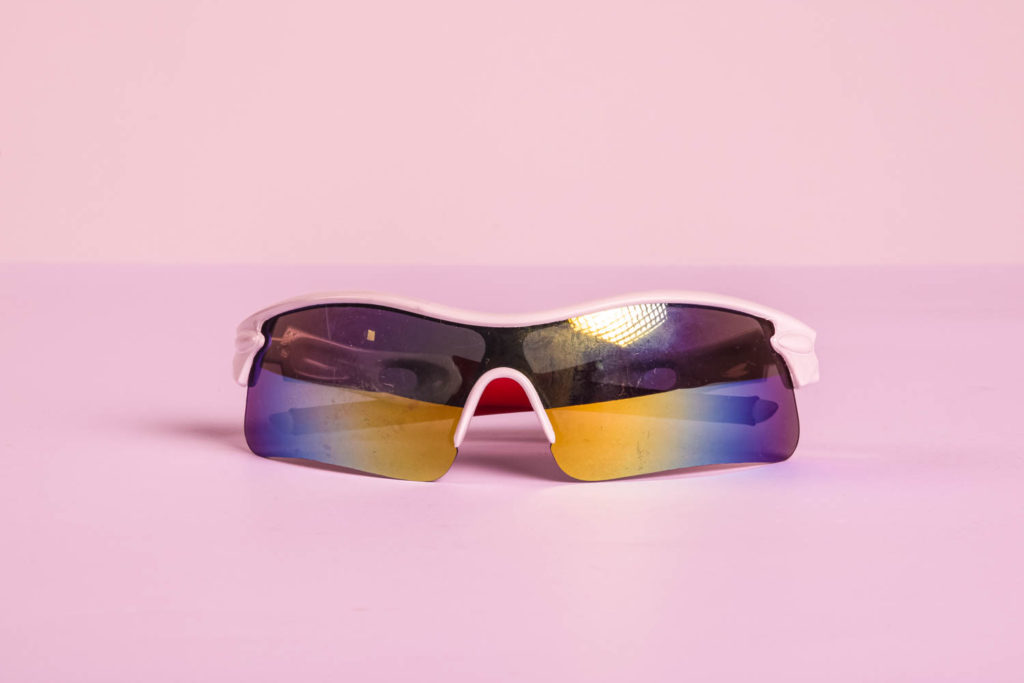



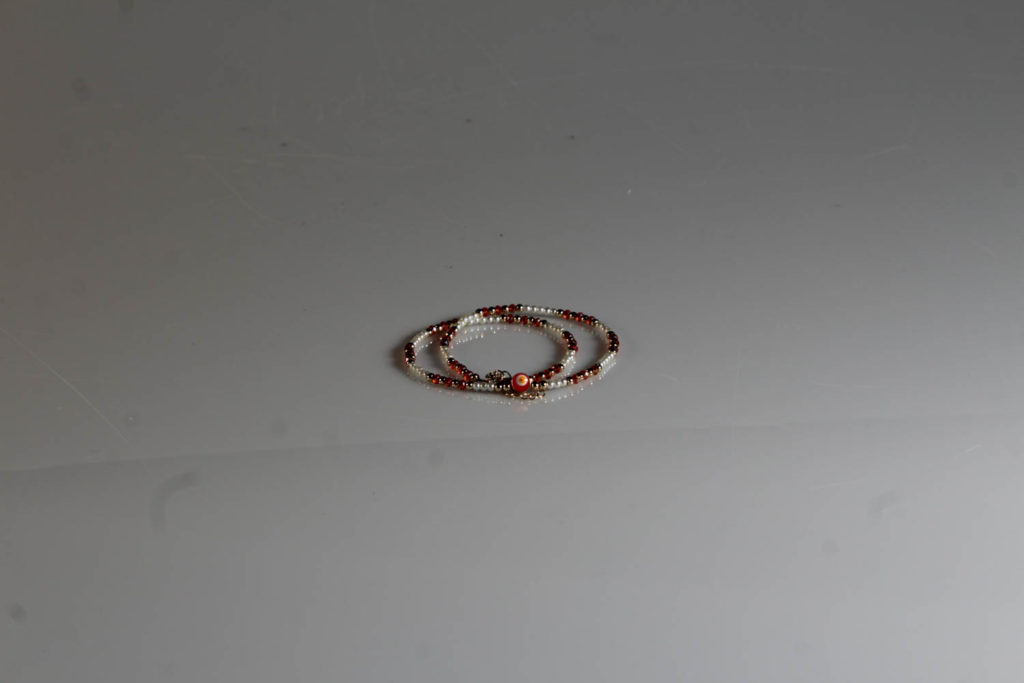



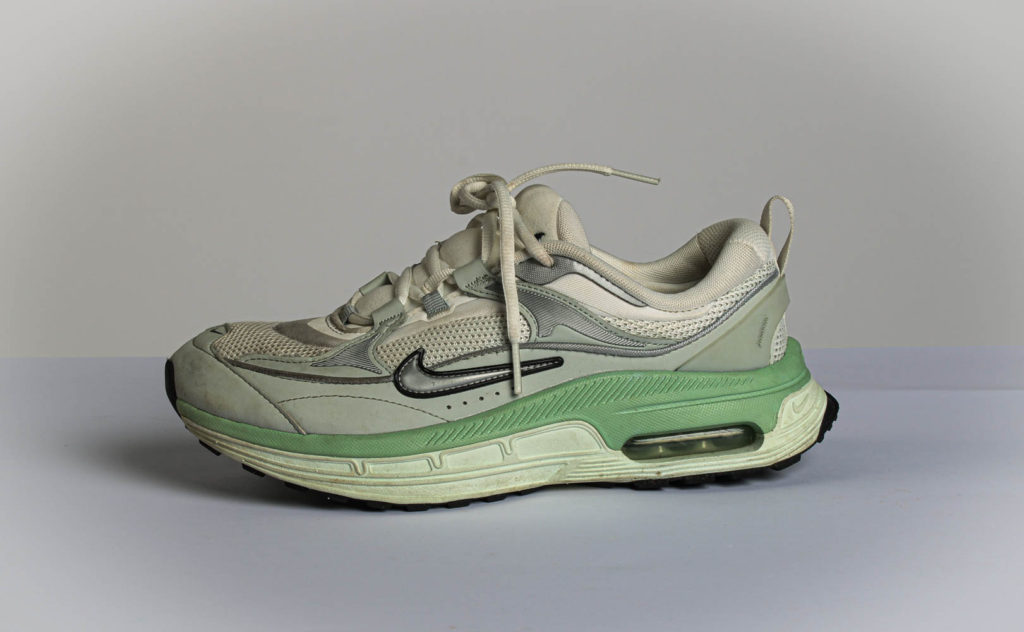
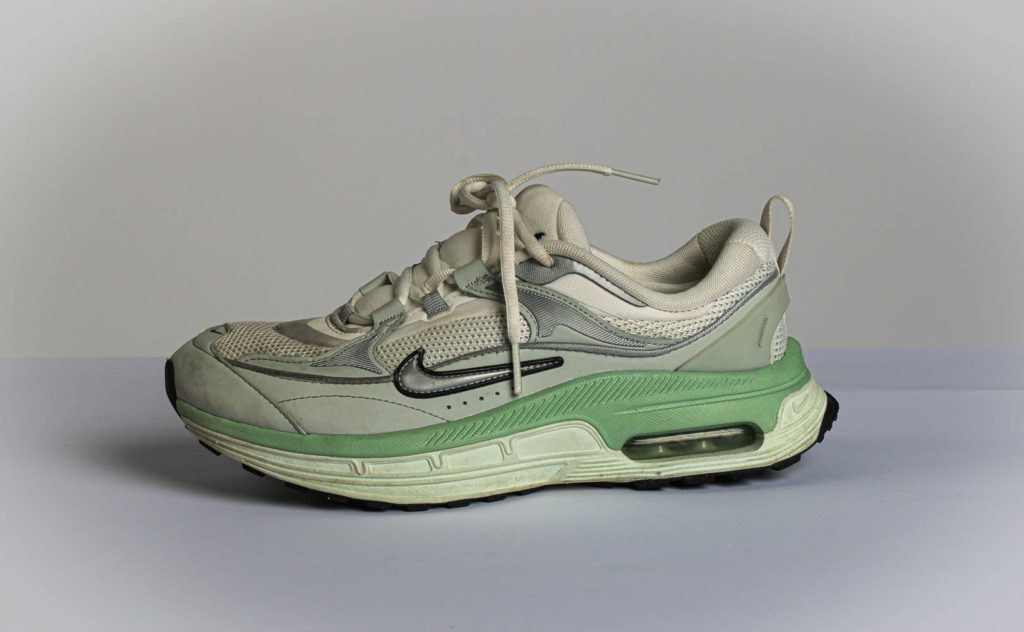
I made these still life edits using Lightroom classic by enhancing the temp of the images and illuminating the oldness of some of the objects. Overall I enjoyed this process of taking the images and experimenting on lightroom










I made these still life edits using Lightroom classic by enhancing the temp of the images and illuminating the oldness of some of the objects. Overall I enjoyed this process of taking the images and experimenting on lightroom
so far…


Formalist Photography: The design, composition and lighting are dominant over subject matter. The photographer becomes a visual designer whenever a frame is captured. In camera cropping concentrates on the desired subject while eliminating everything else. Formalism describes the critical position that the most important aspect of a work of art is its form – the way it is made and its purely visual aspects – rather than its narrative content or its relationship to the visible world.

Peter Fraser is a British fine art photographer. He was shortlisted for the Citigroup Photography Prize in 2004. He was born in 1953 (age 69 years) in Cardiff, United Kingdom. Peter Fraser attended schools in Cardiff, Glamorgan and the Rhondda Valley. He acquired his first camera at the age of 7, and after a false start studying Civil Engineering, at 18, began studying photography at Manchester Polytechnic the following year. In the summer of 1974 he lived in New York and worked at the Laurel Photography Bookstore at 32nd St and 6th Avenue which significantly expanded his sense of photography’s expressive possibilities. He graduated in 1976.

Visual: The colours in this image are quite bright and bold. The white areas in the middle of the photo become the area of focus as they are the most highlighted area of the photo. The tone mostly concluded of dark colours with highlights, and the illuminated centre contrasts with the dark rim around it and the bold redness of the wire. The wire has many different textures, mostly being made up of the gritty texture in the centre, which further adds to it being the area of focus. The wire is made out of many circles, the outside of the wire being a 3D cylinder. There is a repetition of circles seen throughout the photo, starting with the circles in the middle of the wire and spreading through the entire photo. The curved ridges on the exterior of the wire create a pattern, creating a pattern that causes our eyes to follow it until we reach the edge of the edge of the picture.
Technical: This picture appears to have been taken so that there was a shallow DoF- meaning the aperture must’ve been quite widely open and set in the lower f-numbers. The shallow DoF causes the background behind the wire to be blurry, making the wire stand out and be a clear area of focus.

These are my final chosen images from the single object photoshoot.
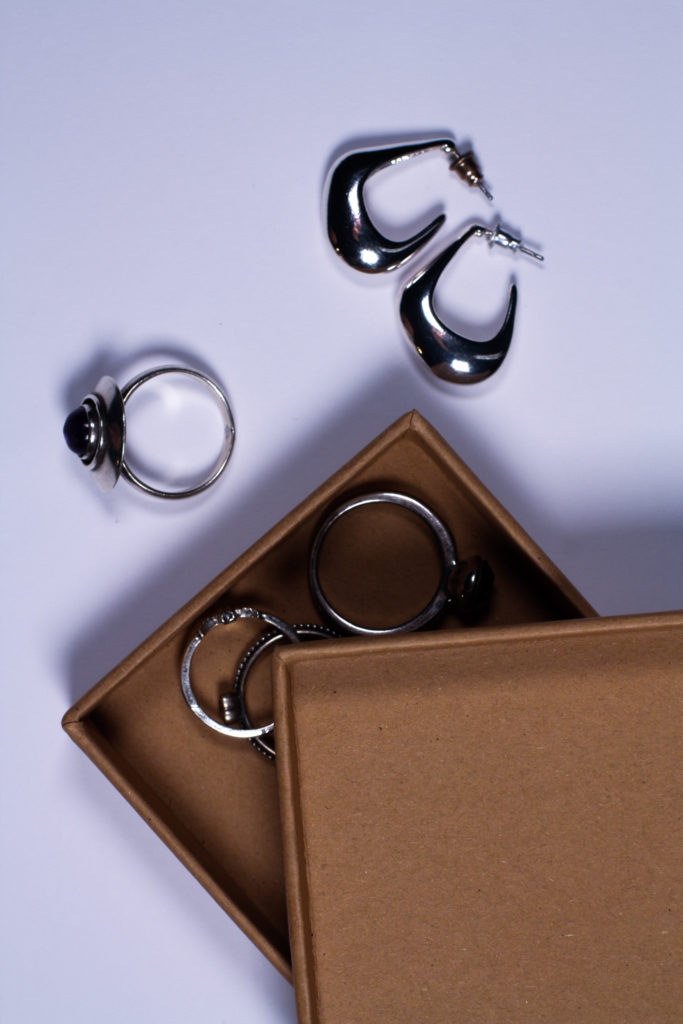
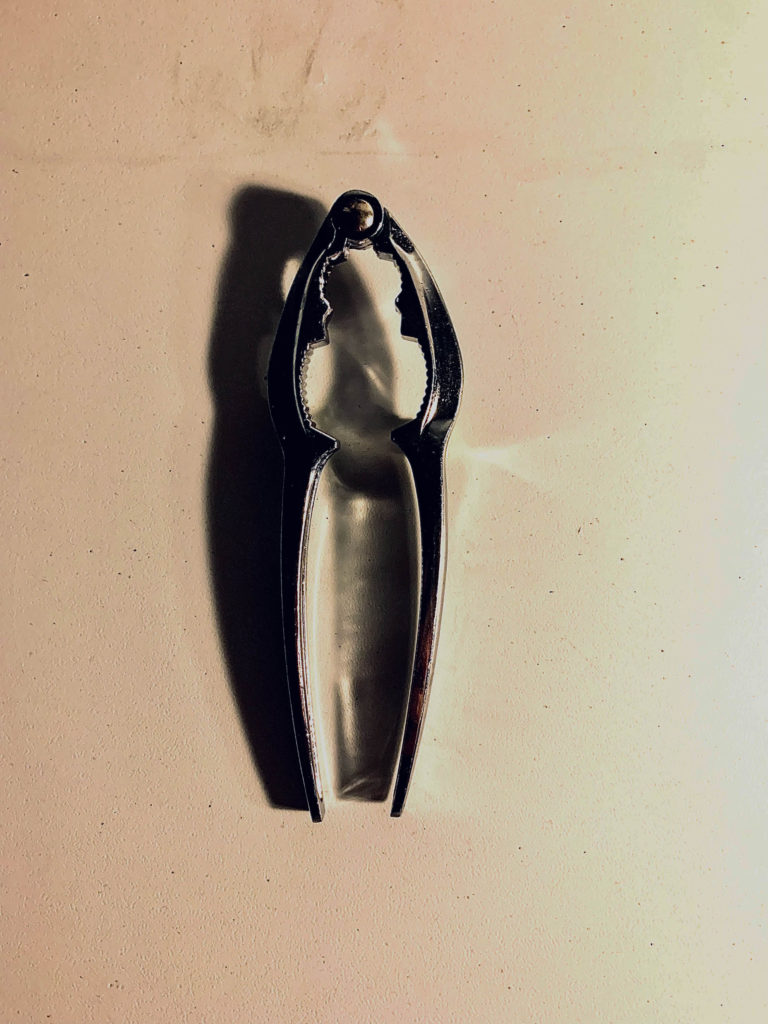

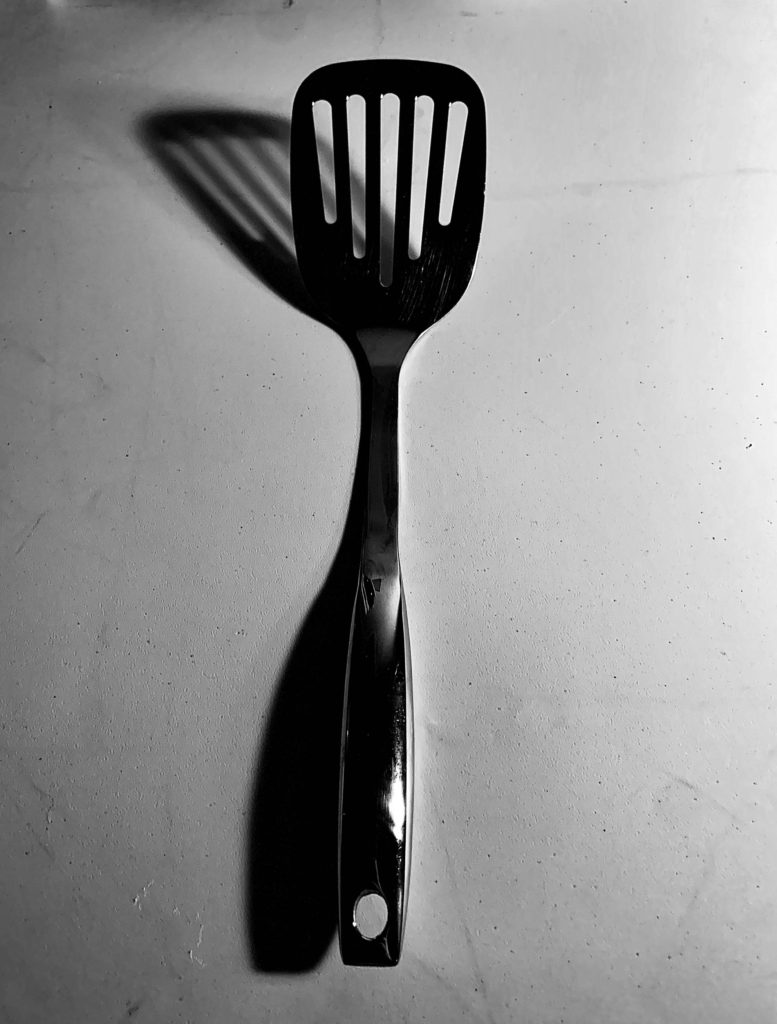

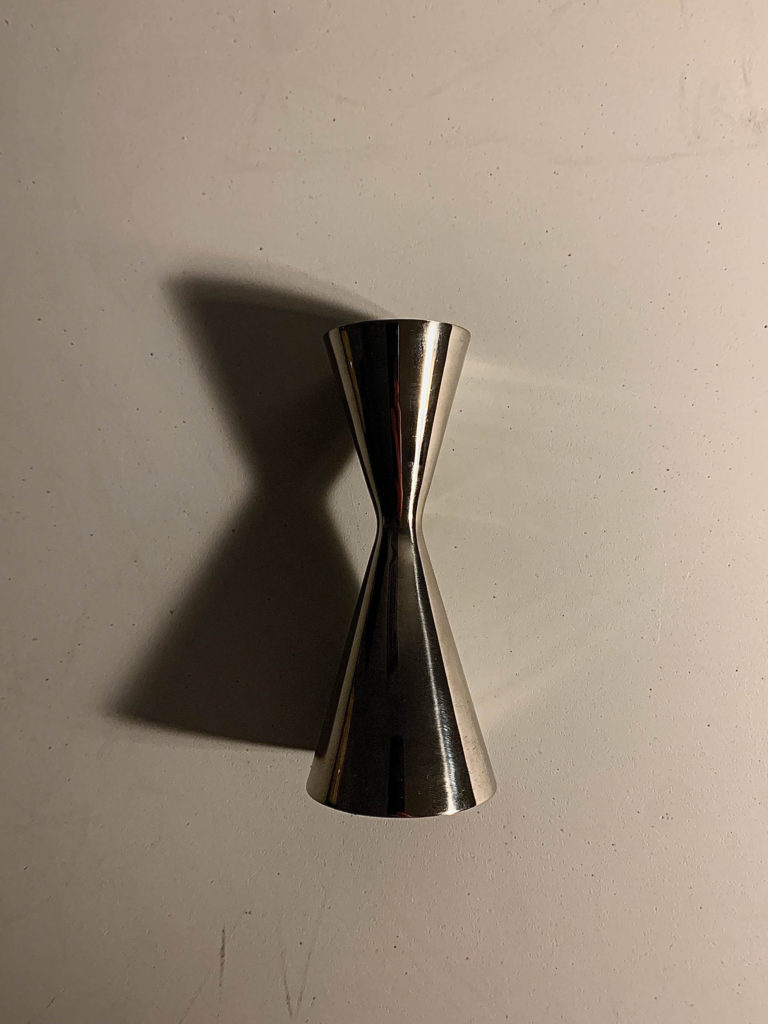
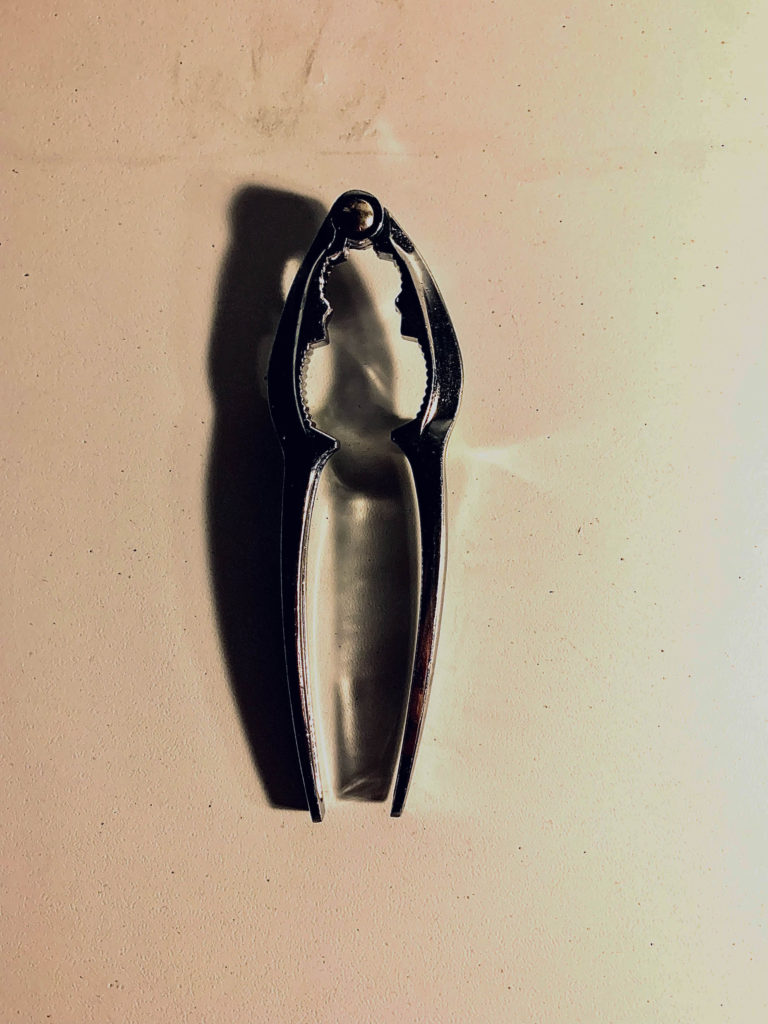
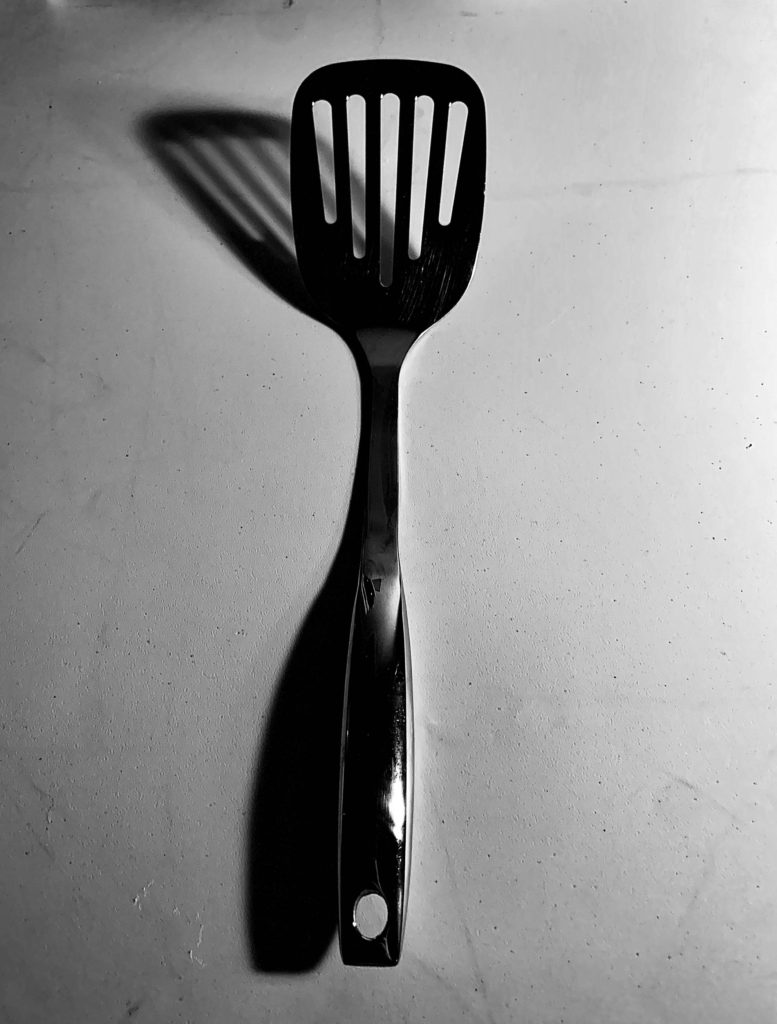



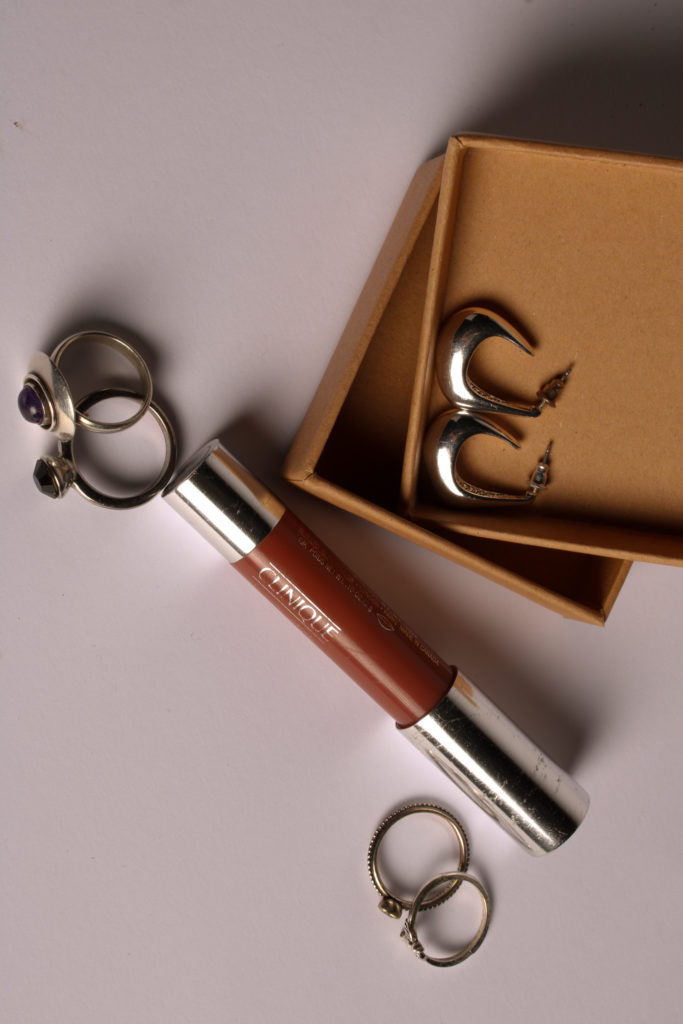
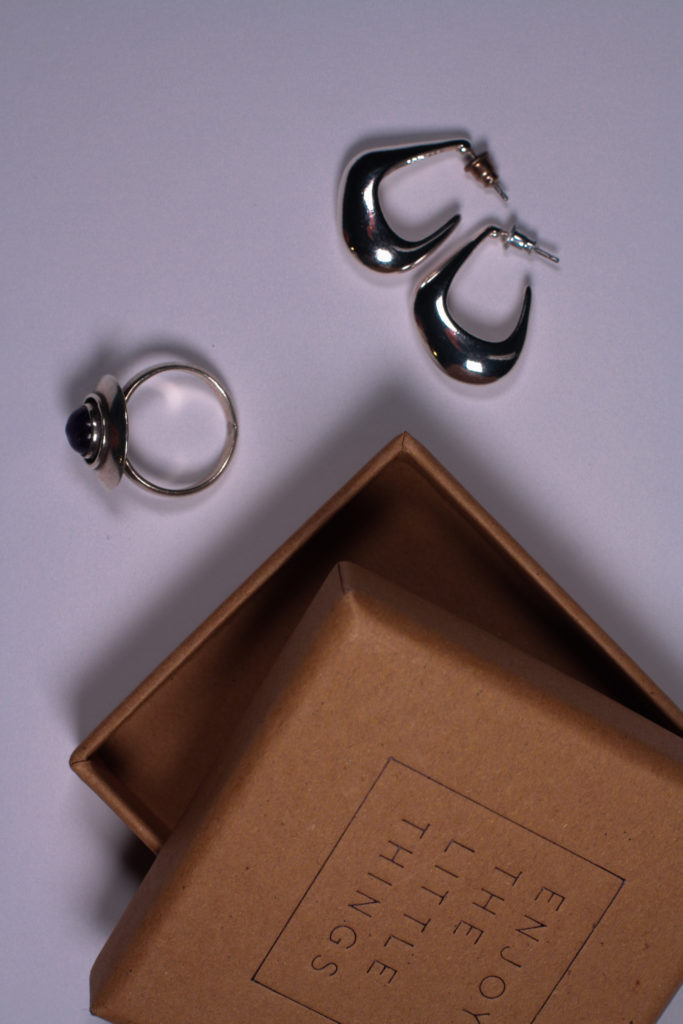
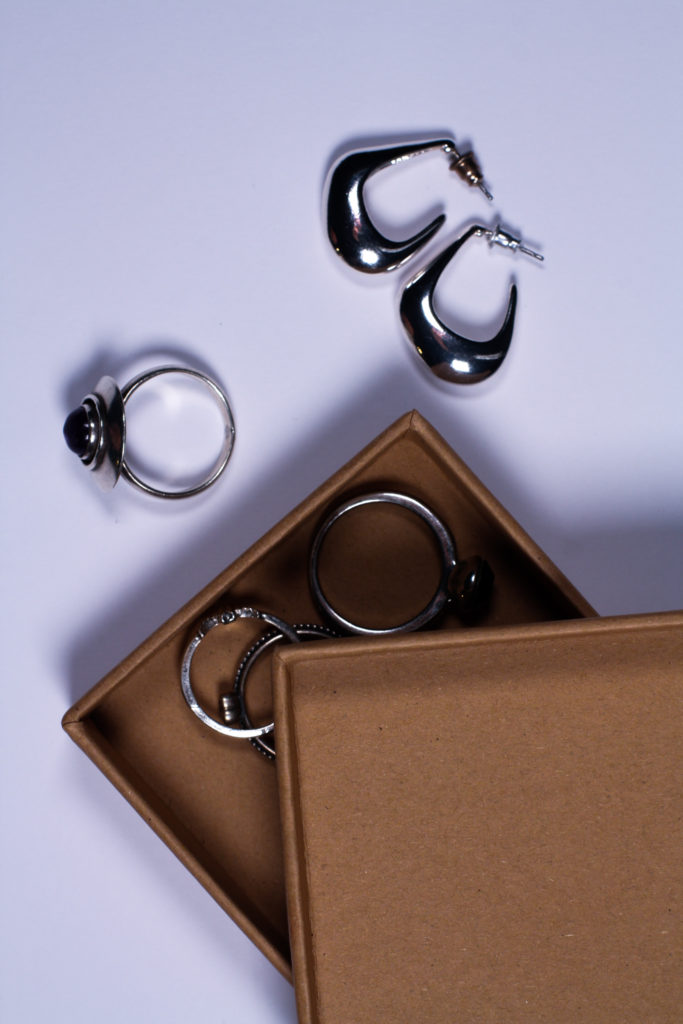
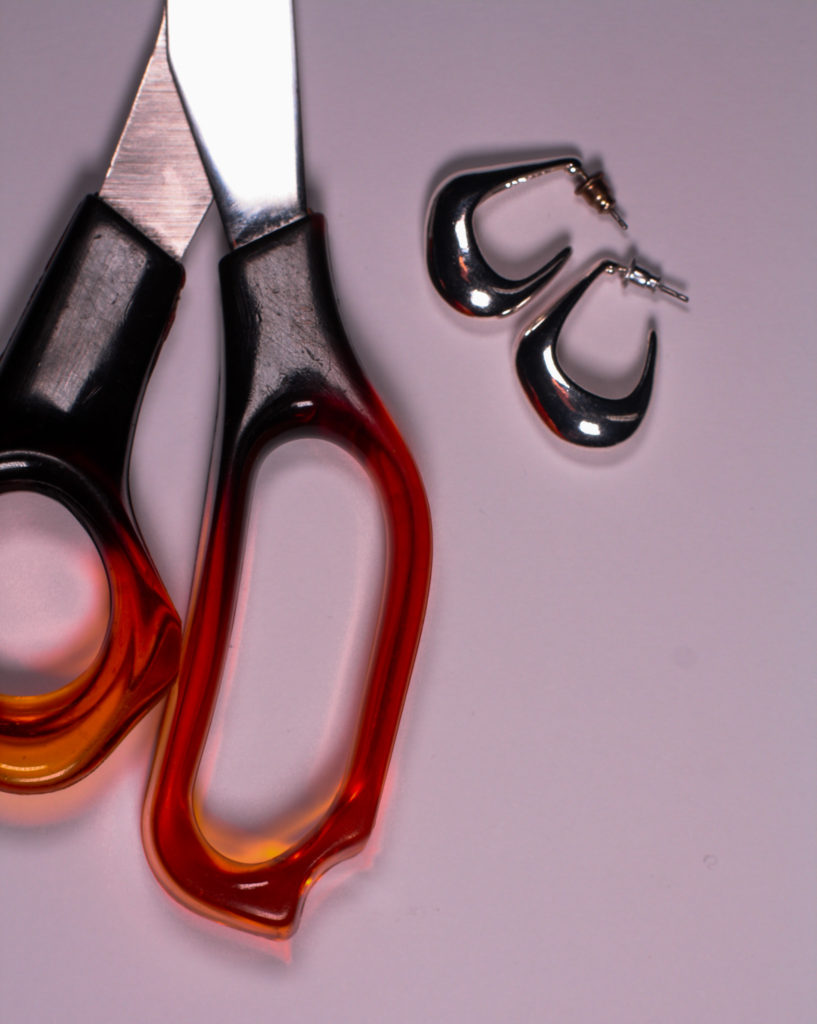

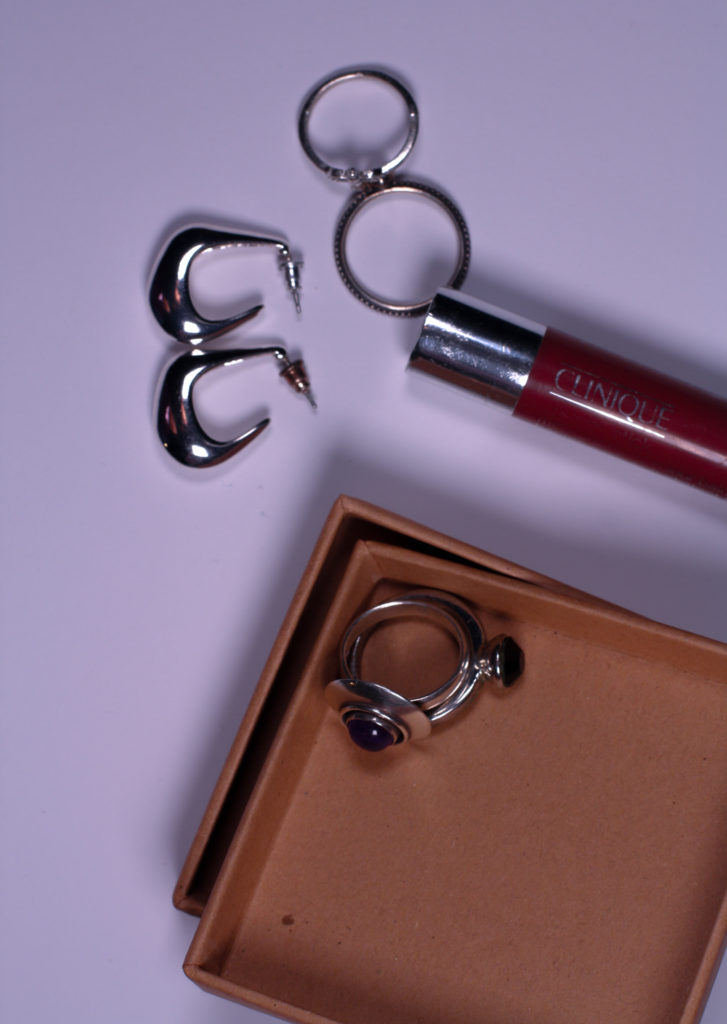

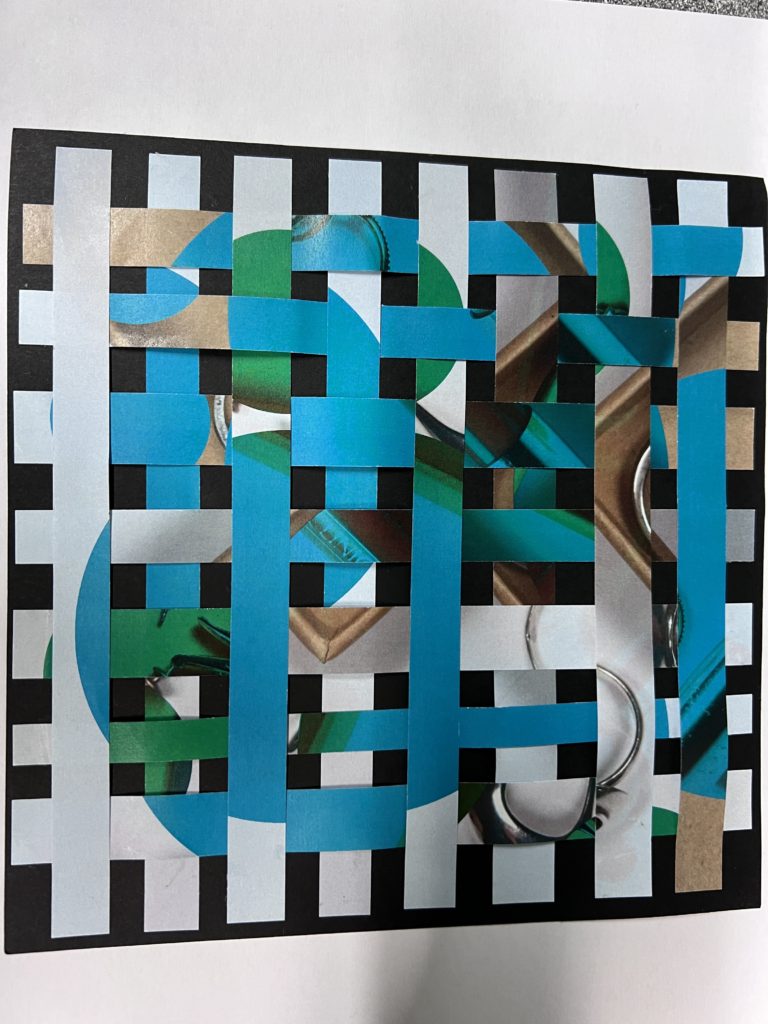


Walker Evans was a photographer best known for capturing photos of the great depression who was known for using 8×10-inch view camera. his photos above are from his American Photographs collection which capture real life and shows emotion of how people were feeling during the great depression from 1929-1939.
All photos were shot in Black and White using a 8×10- inch view camera. In addition, all the photos include either a rural or industrial background.
These two photos below prove and show how some people were better off than others during this economic crisis, this is shown through the woman in the bottom photo wearing a fur coat, looking ‘put together’, where as, the children in the photo just above it are wearing unclean dirty clothes standing in front of a wrecked shack.
Furthermore, the contrast between these two photos lures the viewers in, to know why they might be in this position leading them to research and learn about the Great Depression. It also creates meaning and emotion for the photos.






Darren Harvey-Regan is a graduate of the Royal College of Art. His work has appeared in exhibitions and publications internationally. Darrens photography stands on the line of both photography and sculpture and focuses on the changes of meaning and definition between a subject.
The photos of the rocks above are sculptures he made himself of chalk collected from the south of England which adds texture, and form to the image.
What Style of Photography does she do?
Mary Ellen Bartley is known for her photographs exploring the tactile and formal qualities of the printed book, and its potential for abstraction. Bartley’s work concerns itself with geometry and pure form; painterly in style, her photos also invite curiosity about the layered histories of the books themselves. Her photos are alive with questions – about what we do and don’t see and the stories we tell. Yet the spirit of her work provides a reflective response, a respite, from a noisy and chaotic world.
HER WORK;



Bartley chose a set of seven common household items, and committed to photographing them each day for the thirty days of April. Her seven elements remained recognizable but were detached from their everyday function, serving instead as an exploration of form and process. Experimenting with exposure, depth of focus and subtle variations in light and shadow, Bartley transformed the quotidian objects into moments of stilled time
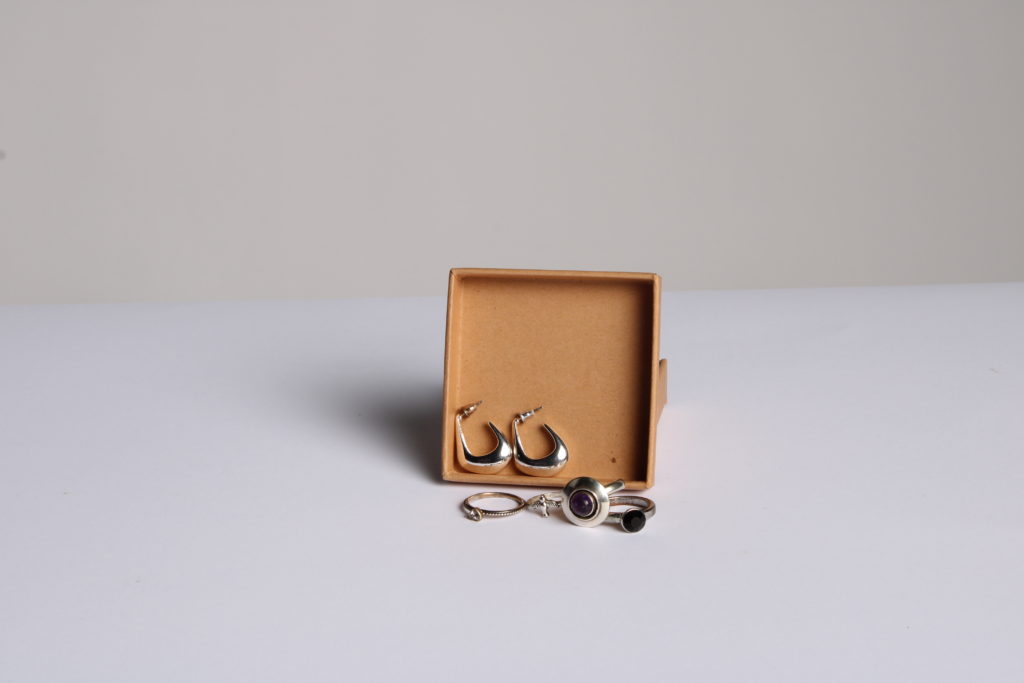
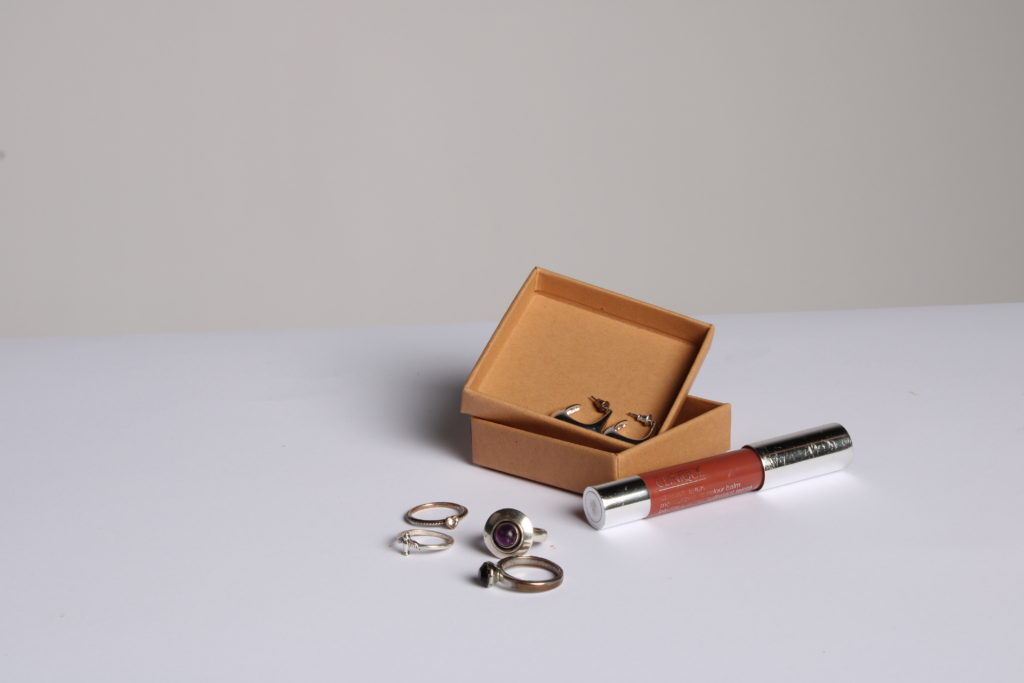
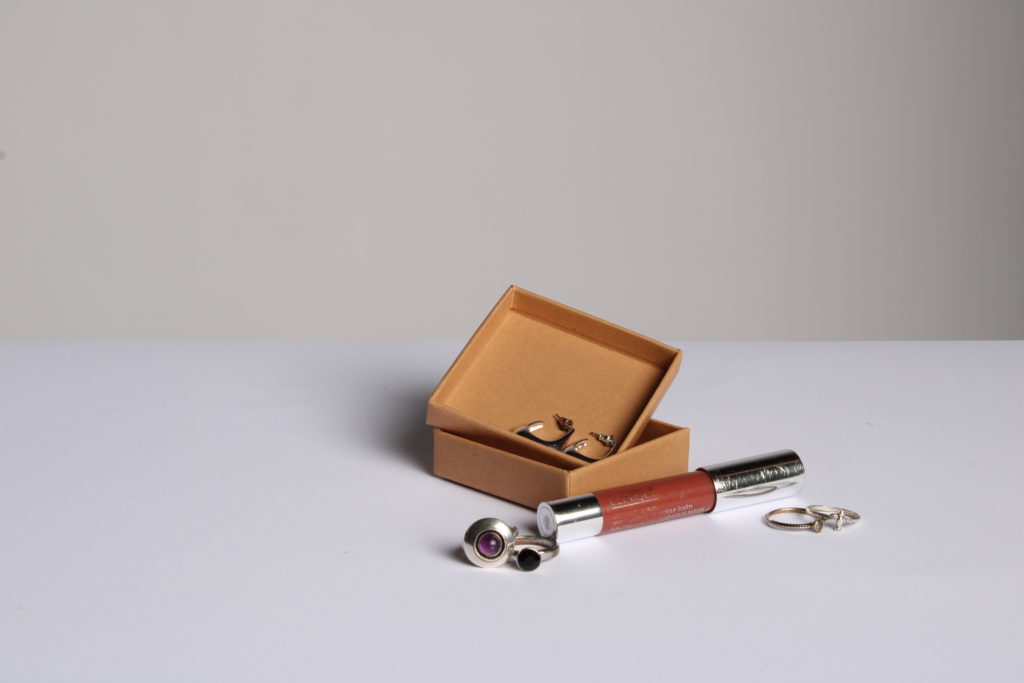

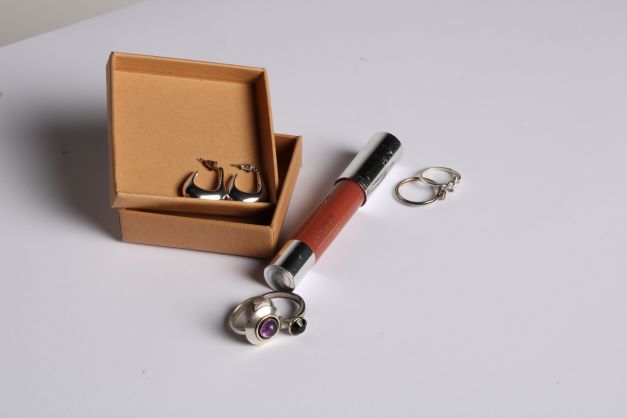








What is shutter speed?
Shutter speed is the speed at which the shutter of the camera closes (the amount of light the camera takes in).
A fast shutter speed creates a shorter exposure. If less light reaches the sensor the image is darker, which creates a clear frozen action. When using a fast shutter speed, you can eliminate motion from fast moving objects, for example cars driving past on a busy road or dancers performing on stage.
A slow shutter speed gives the photographer a longer exposure; the more light that strikes the sensor results in a brighter image, creating a more blurred action. When you use a slow shutter speed you expose your sensor for a significant period of time (which can result in motion blur). If your shutter speed is long the moving subjects in your photo will appear blurred in the direction of motion. This is useful when photographers want to create energy and movement in their images.
Overall a quick shutter speed creates a frozen action, while long shutter speed creates an effect of motion when you photograph moving objects.
Shutter speeds are typically measured in fractions of a second.
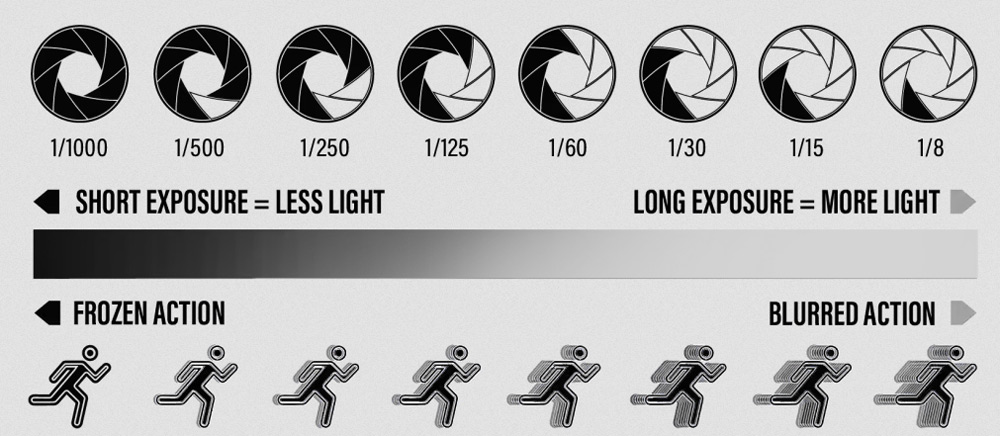
John Baldessari
John Baldessari was known as an American conceptual artist known for his pioneering use of appropriated imagery (reusing objects or images in their art). By blending photography, painting, and text, Baldessari’s work examines the plastic nature of artistic media while offering a commentary on our contemporary culture.
In 1973 John Baldessari attempted throwing 3 balls at once trying to line them up in midair (which took thirty-six attempts).
